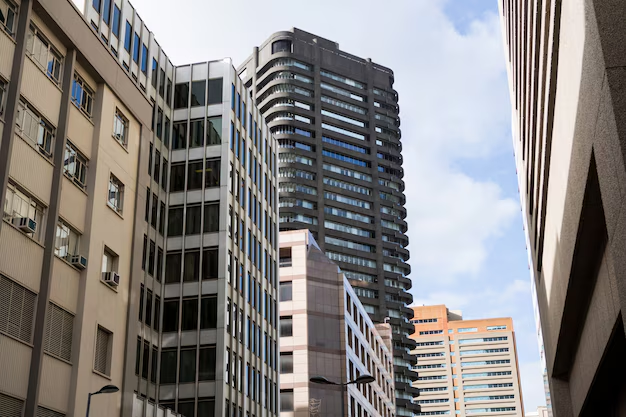Wondering About the Cost of Building an Apartment Complex? Here's What You Need to Know
Delving into the world of real estate development can feel like entering a vast, complex maze of numbers, regulations, and decisions. One of the most basic and burning questions is often: What does it cost to build an apartment complex? The short answer? It depends—a lot. Whether you're contemplating building from scratch or buying an existing property to revamp, there are multiple factors to consider.
Costs Involved in Building an Apartment Complex
Land Acquisition
The cost of land varies dramatically based on location, size, and zoning regulations. Urban plots are generally more expensive due to high demand, while rural or suburban lands might be more affordable but come with additional infrastructure costs.
Construction and Development
The construction costs include everything from raw materials like steel and concrete to labor. According to recent data, it costs roughly $150 to $250 per square foot to build a standard apartment complex. Luxury buildings might escalate this figure to $500 or more per square foot.
Permits and Regulations
Navigating through the permits and satisfying local regulations is not only a complex process but also a costly one. Fees for building permits alone can range from thousands to tens of thousands of dollars, depending on the scale of the project.
Financing Costs
Most developers require loans to fund their projects. Consequently, financing costs, including interest on construction loans, play a significant role in total expenses. With fluctuating interest rates, costs can be unpredictable.
Amenities and Extras
Adding modern amenities like gyms, pools, smart home integrations, and sustainable energy features can spike up your budget—a fact often underestimated by inexperienced developers.
Ongoing Operational Costs
Finally, don’t overlook the importance of maintaining and managing the property post-construction, including staff salaries, repairs, and general upkeep.
Financial Assistance and Aid Options
Setting up an apartment complex might seem financially daunting, but several programs and options can ease the journey.
Government Aid and Grants
Look for government-backed grants or tax incentives aimed at affordable housing developments. Many local governments offer significant financial benefits to encourage the development of economically accessible housing.
Financial Assistance Programs
Consider exploring low-interest loans or financial assistance programs specifically designed for real estate developers. Often, these programs offer more favorable terms compared to traditional loans.
Debt Relief Options
Some developers might qualify for debt relief options that can help reduce the burden of high interest rates or overwhelming loans, ensuring financial viability.
Credit Card Solutions
While not ideal for major expenses, strategic use of business credit cards with lucrative rewards or cash-back programs can help manage smaller, day-to-day expenses effectively.
Educational Grants
Finally, educational grants and courses can provide critical knowledge and skills for navigating the fiscal labyrinth of real estate, from understanding market trends to mastering financing strategies.
Building an apartment complex is certainly not a venture for the faint-hearted, but with thorough research, planning, and the right financial strategies, it can be a powerful investment that might offer substantial returns. Consider leveraging the available resources and programs to make informed decisions and potentially make your dreams attainable.
Here's a practical summary of useful resources:
- 🏢 Government support programs for affordable housing development
- 📊 Low-interest loans from real estate-focused banks and institutions
- 💳 Business credit card rewards tailored for construction and operational expenses
- 📚 Educational grants for real estate finance and development training
By taking these financial and educational tools into account, you can better navigate the complex terrain involved in building an apartment complex.
